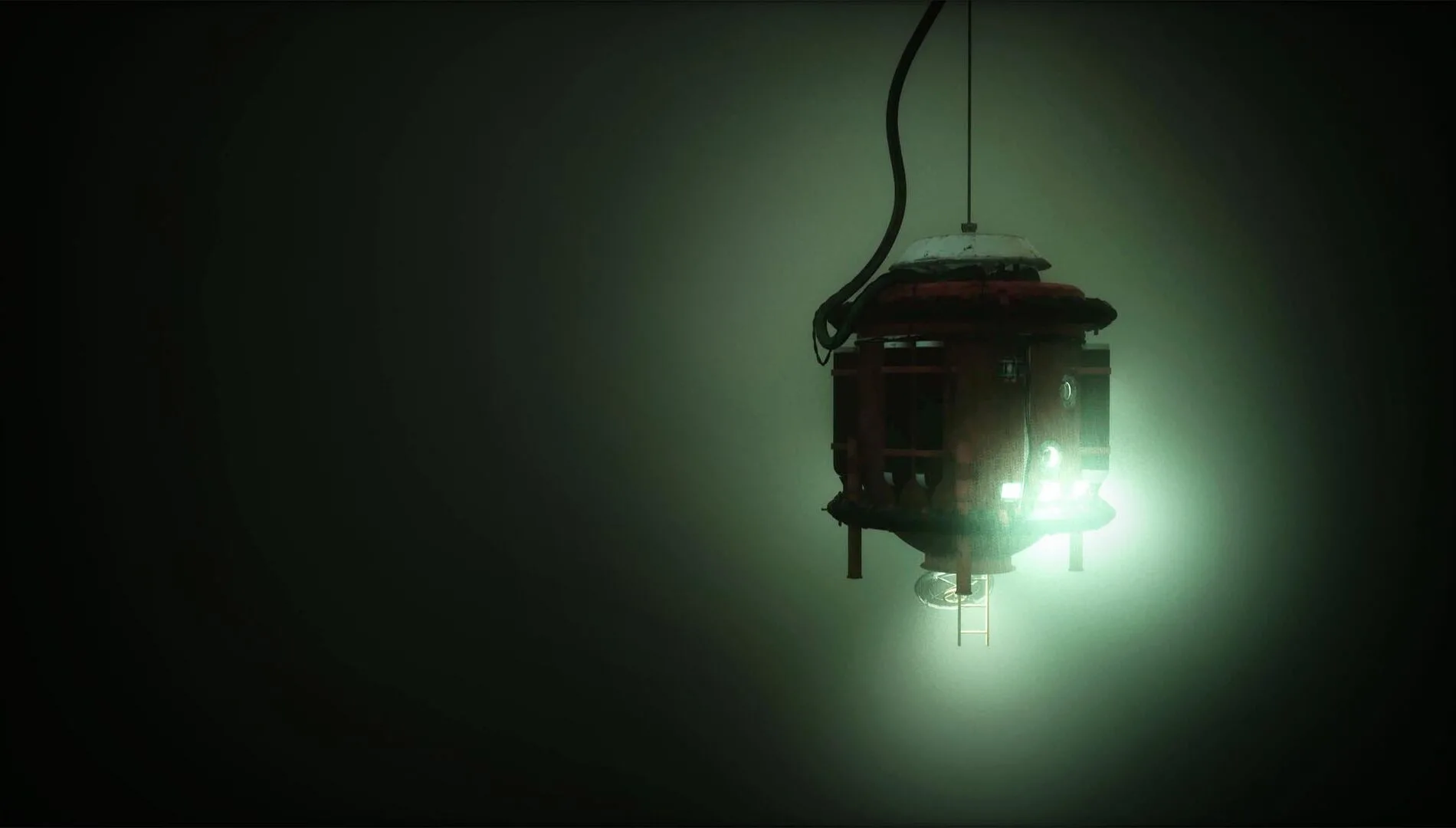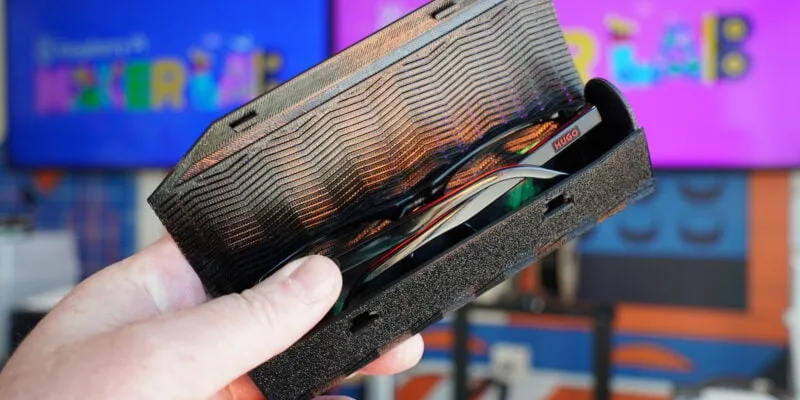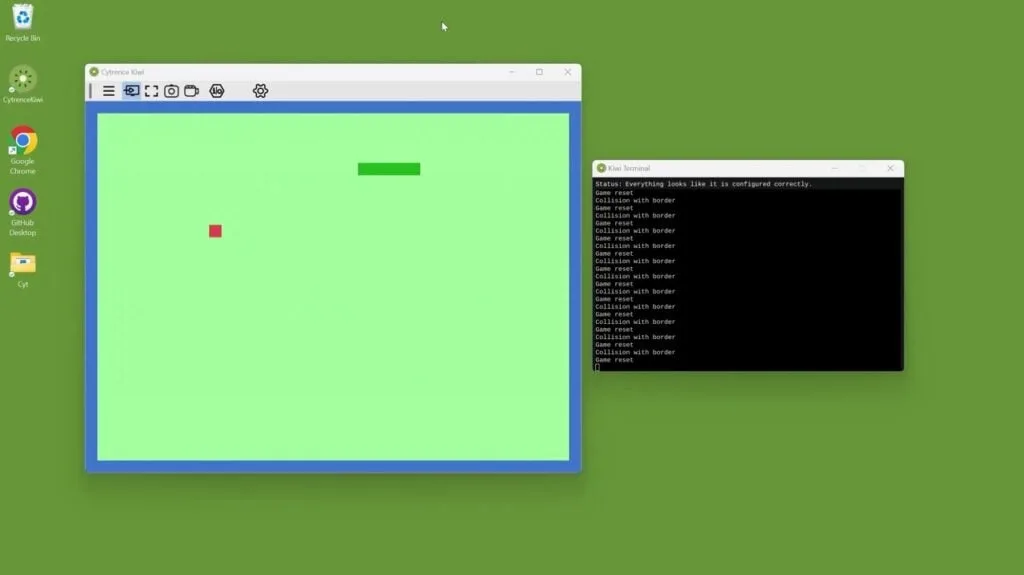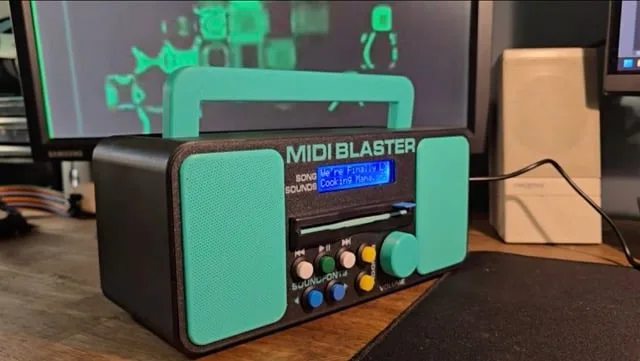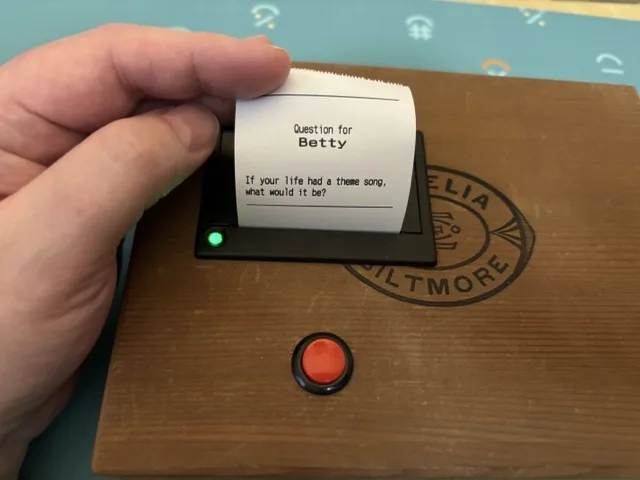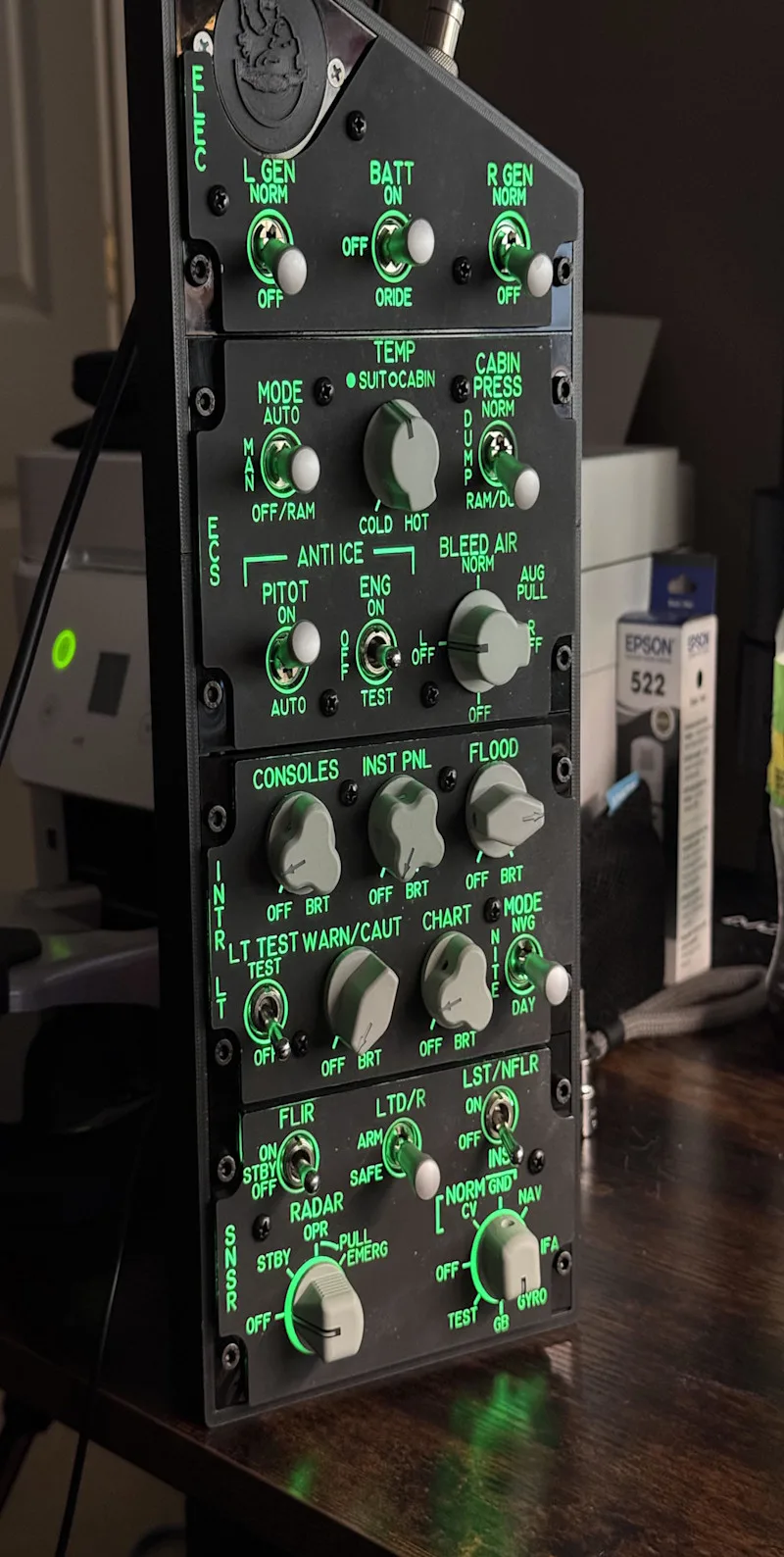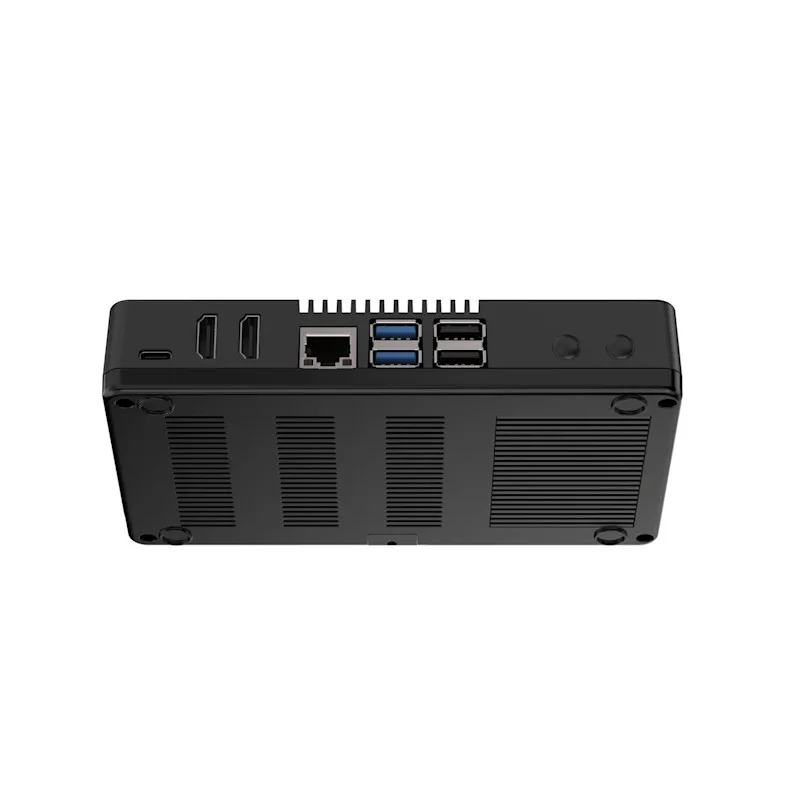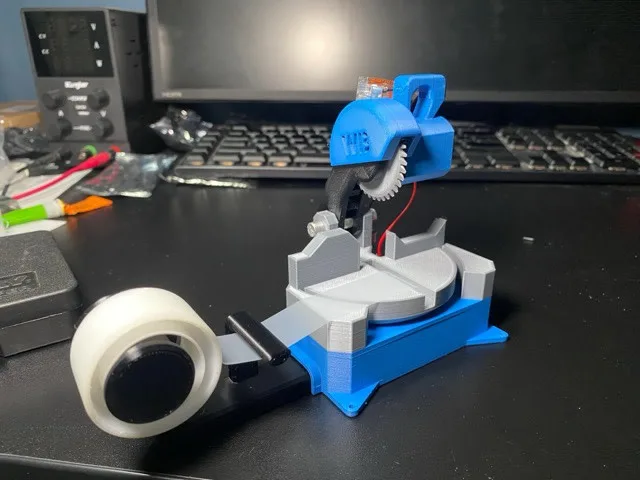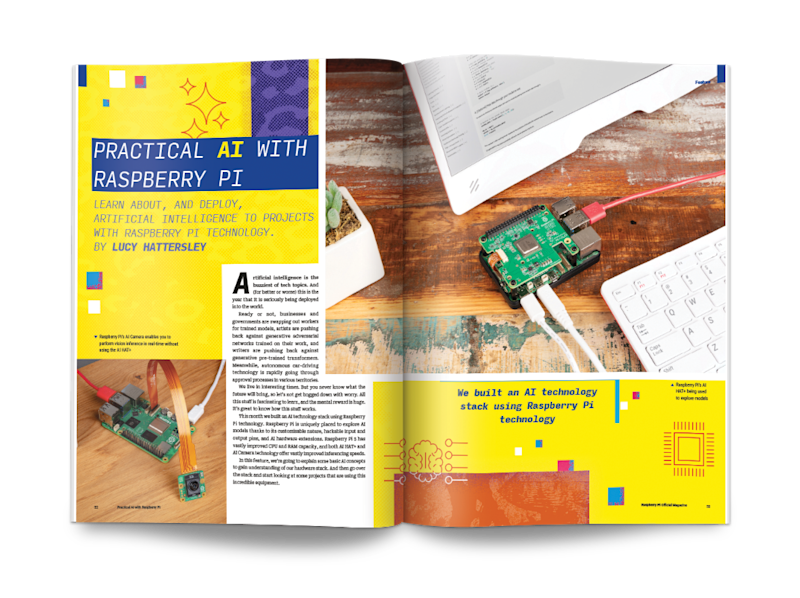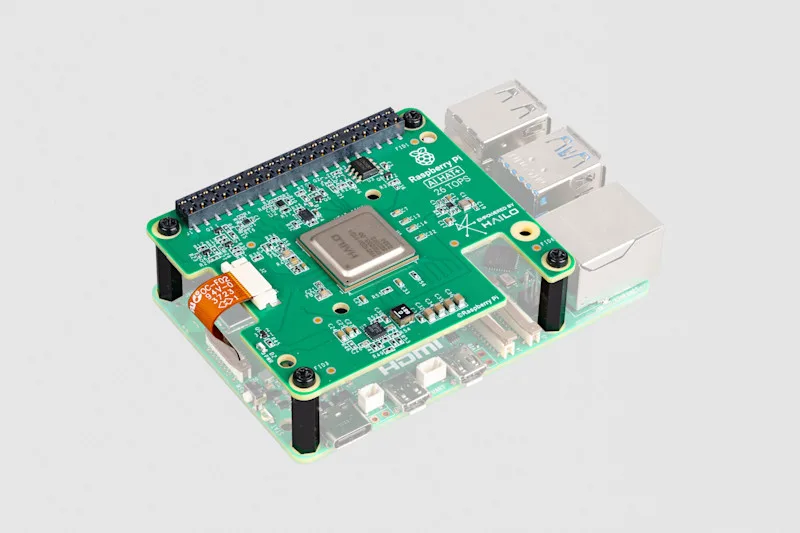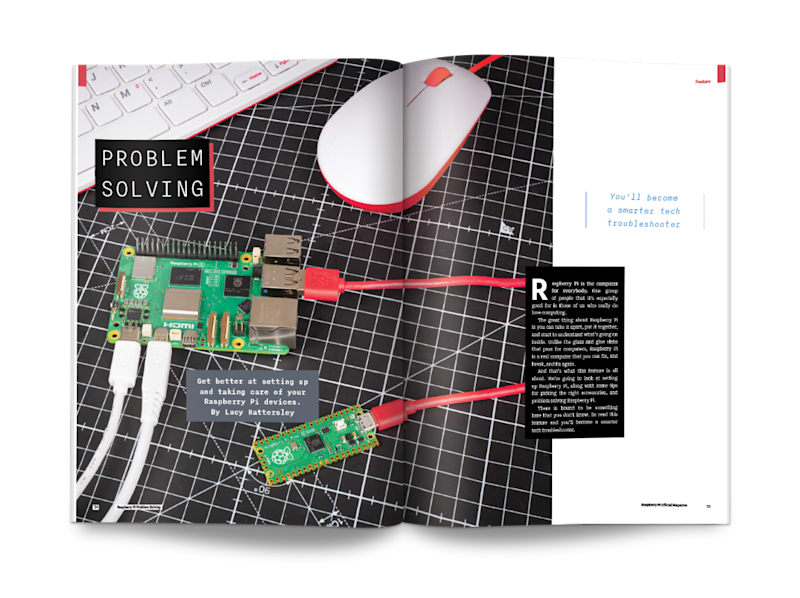Schlagwort: PC
-

Build the Ultimate Media Centre in Raspberry Pi Official Magazine
Reading Time: 3 minutesTake control of your home video, television and music, with a media centre build based on Raspberry Pi. Your film collection deserves the best! Trees are brilliant! They capture carbon, they keep urban streets cool, their roots slow down erosion, they provide habitat for millions of other life forms, and loads more.…
-

Win! One of five Sense HAT V2 bundles
Reading Time: < 1 minuteSony Watchman cyberdeck 23 days ago. From 1982 to 2000 Sony also made a line of pocket TVs, which didn’t catch on as much in the UK (who wants to walk around glued to a tiny portable screen, eh?). These devices, collectively called the Sony Watchman, came in many, many variants…
-

3D printed spectacle case
Reading Time: < 1 minuteSony Watchman cyberdeck 8 days ago. From 1982 to 2000 Sony also made a line of pocket TVs, which didn’t catch on as much in the UK (who wants to walk around glued to a tiny portable screen, eh?). These devices, collectively called the Sony Watchman, came in many, many variants…
-

KIWI digital KVM review
Reading Time: 2 minutesPlug ‘n’ play There is a little bit of noticeable lag when working over KIWI. The mouse cursor feels a little bit like it’s being dragged through mud, although keyboard inputs feel more responsive. It’s faster than Raspberry Pi Connect at least, but we wouldn’t want to be doing any twitch FPS…
-

MIDI Blaster
Reading Time: < 1 minuteSony Watchman cyberdeck 8 days ago. From 1982 to 2000 Sony also made a line of pocket TVs, which didn’t catch on as much in the UK (who wants to walk around glued to a tiny portable screen, eh?). These devices, collectively called the Sony Watchman, came in many, many variants…
-

Raspberry Pi Pico Ticket Game
Reading Time: < 1 minuteChris emailed us a little while ago (sorry, Chris!) about his fun little Raspberry Pi Pico project which he describes as “a simple stand-alone Q&A game or ice-breaker for a party, using a Pico, a thermal printer, and a big red button” – although we’d say the button is medium-size compared…
-

F/A-18C Right Console
Reading Time: < 1 minuteTo many readers, ‘F/A-18C Right Console’ will look like a bunch of letters and numbers thrown together. To aviation enthusiasts, though, those letters and numbers clearly refer to the McDonnell Douglas F/A-18 Hornet, a fighter plane developed in the 1970s for the US Marines and US Navy. This replica control console…
-

Argon ONE V5 case review
Reading Time: 3 minutesThe first thing that strikes you is the sheer size. This is not a small case, and that’s because it has a few tricks under its tough exterior. Argon is clearly intending this case to be your powerhouse server. Removing the solid aluminium lid, we find space for your Raspberry Pi 5…
-

Chop saw tape dispenser
Reading Time: < 1 minuteIt’s in this spirit that Bunchowills has made the world’s smallest chop saw that is also a tape dispenser. Yes, the spinny 3D-printed blade won’t give you the same clean edge as a pair of scissors, but it looks considerably more awesome, and that’s the whole point. This mostly 3D-printed build…
-

Practical AI in the Raspberry Pi Official Magazine
Reading Time: 2 minutesWe’ve filled the magazine with tutorials and hands-on projects – as always, a lot of these come from the fantastic Raspberry Pi user community, without which we’d be nothing. Thank you to everyone who’s ever built a project with Raspberry Pi, and special thanks to the subscribers who make this magazine possible.…
-

Win one of three 26 TOPS AI HAT+
Reading Time: < 1 minuteSave 35% off the cover price with a subscription to Raspberry Pi Official Magazine. UK subscribers get three issues for just £10 and a FREE Raspberry Pi Pico W, then pay £30 every six issues. You’ll save money and get a regular supply of in-depth reviews, features, guides and other Raspberry…
-

Discover the all-new Raspberry Pi Official Magazine
Reading Time: 3 minutesWe’re hugely proud of the new magazine. It’s got all the amazing features that made The MagPi such a success, but with a new design that’s easier to read, better at displaying code, and more in sync with Raspberry Pi’s amazing documentation and tutorials. Thank you again to everybody who supports us…




